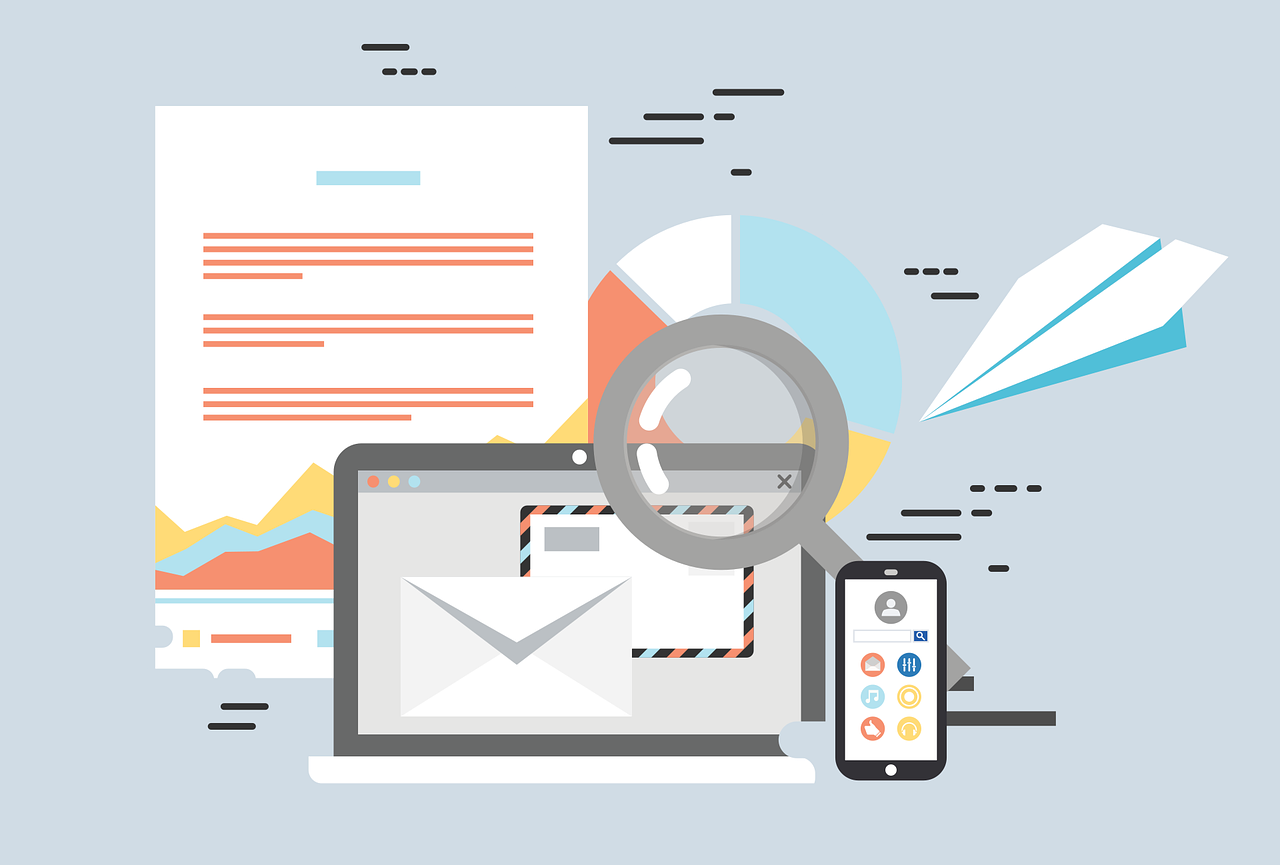
Five Tips for Building a More Engaging Newsletter
Last week, I was lamenting to a friend about the amount of marketing and promotional email lists I’m subscribed to through stores I frequent, places I’ve ordered from once, or even lists that I’m still unsure of how I got on. Each day, I clear at least 150 marketing emails across both my personal and work email and I probably only open up two or three of them. The ones that I do open the most tend to be newsletter emails – whether they’re set up as a daily digest or once-a-month update – that give me information about important and interesting industry news for work or about topics I follow in my personal life, like fitness and health. They do more than just try to sell to me or give me a product pitch, they give me information about events, news and offer insightful tips that I’ll actually take action on.
We have developed (award-winning!) newsletters for many of our Caster clients. Newsletters are a great tool for increasing email click rates, subscriber retention, and inspiring engagement while building a funnel that tells your brand or company story and providing insight into the industries that your readers care about.
Here are five tips that I’ve learned over the years on how to build a better newsletter.
- Before building your newsletter, define your current and future audience and determine what will matter to them
A newsletter can be a way to help drive sales for your business, but it should do more than just promote your product or services. Readers can easily sense when they’re being sold to in an email, so avoid making selling the primary objective of your newsletter. Instead, first look at your current audience/subscriber list – are they mainly executives or end-users? Are they cold tradeshow leads or warm leads that you’ve spent the time nurturing (or a bit of both)? Then determine, what kind of content would they be interested in reading? If you’re in the smart home industry, for example, you might consider sharing your perspective on trends in smart security, as well as sharing smart home clips from around the web and offering your own take on their key messages. It’s crucial to take the time to run through this exercise first before you even build out and send your first newsletter.
- Take the time to make your newsletter look and feel professional and representative of your brand
This doesn’t have to cost a lot – testing your subscriber base with a free MailChimp or other email distribution service template is great for those without a large marketing team or budget that want to start testing using newsletters. MailChimp is a great option because it offers an intuitive way to personalize the look-and-feel of your newsletter without a ton of investment in graphic design or coding needed. Simply drag and drop, add images, and tweak color schemes to match your brand, and you’ll be done setting up a template in less than an hour. A newsletter that has a cohesive look and is in line with your branding will help readers associate with your brand/company, as well as encourage more click-throughs and reads.
- Write about or source content that will speak to your audience
Similar to point one, make sure that your content is informative but also interesting and relatable. There are a lot of ways to structure your content, but what is most important is that your readers feel an immediate connection to the topics or theme. Think about making your newsletter just a few sections to start – maybe that takes the form of a thought-leadership piece from your CEO about an industry trend, a section that details events you’re attending or hosting, and a section that talks about interesting news from around the web, with links back to your website or landing page.
And just because your newsletter’s goal isn’t to sell, doesn’t mean that you can’t take opportunities to sell or promote; you just have to be strategic about how you do it. For example, if you’ll be attending a tradeshow that you want your audience to know about and you’d like to set a few meetings with some of your cold leads, try setting up an “Upcoming Events” section that lists upcoming events you’ll be attending and then adding a call-to-action button that lets readers book a time to meet with you via email or a web form.
- Consider distribution frequency
So, you think that your content is rock-solid and you feel that you’re communicating the right topics – but you’re still not seeing click-throughs and engagement increase. Your distribution frequency is an incredibly important component of your newsletter campaign. If you send too often, you risk getting unsubscribed or even ending up in a junk folder but sending just a few times a year can also cause subscribers to forget about you. We’ve found that for medium-sized companies and organizations with subscriber lists in the 1,000-10,000 range, a bi-monthly or monthly cadence is preferred.
- Test. Often.
As your audience evolves, so should your newsletter and its content. People get easily bored with seeing the same content regurgitated to them over and over, and if you’re not mixing up the information you’re sharing or your frequency, you risk losing followers to the unsubscribe button. It’s important to test different days and times for sharing your newsletter, as well as changing up your subject heading or content length. This can help you with tracking results and evaluating what is (and isn’t) resonating with your subscribers.
Ready to take your content to the next level? Learn more about our custom, bespoke PR, content, social and consulting programs here and send me a note on Twitter or LinkedIn if you want to hear more.

